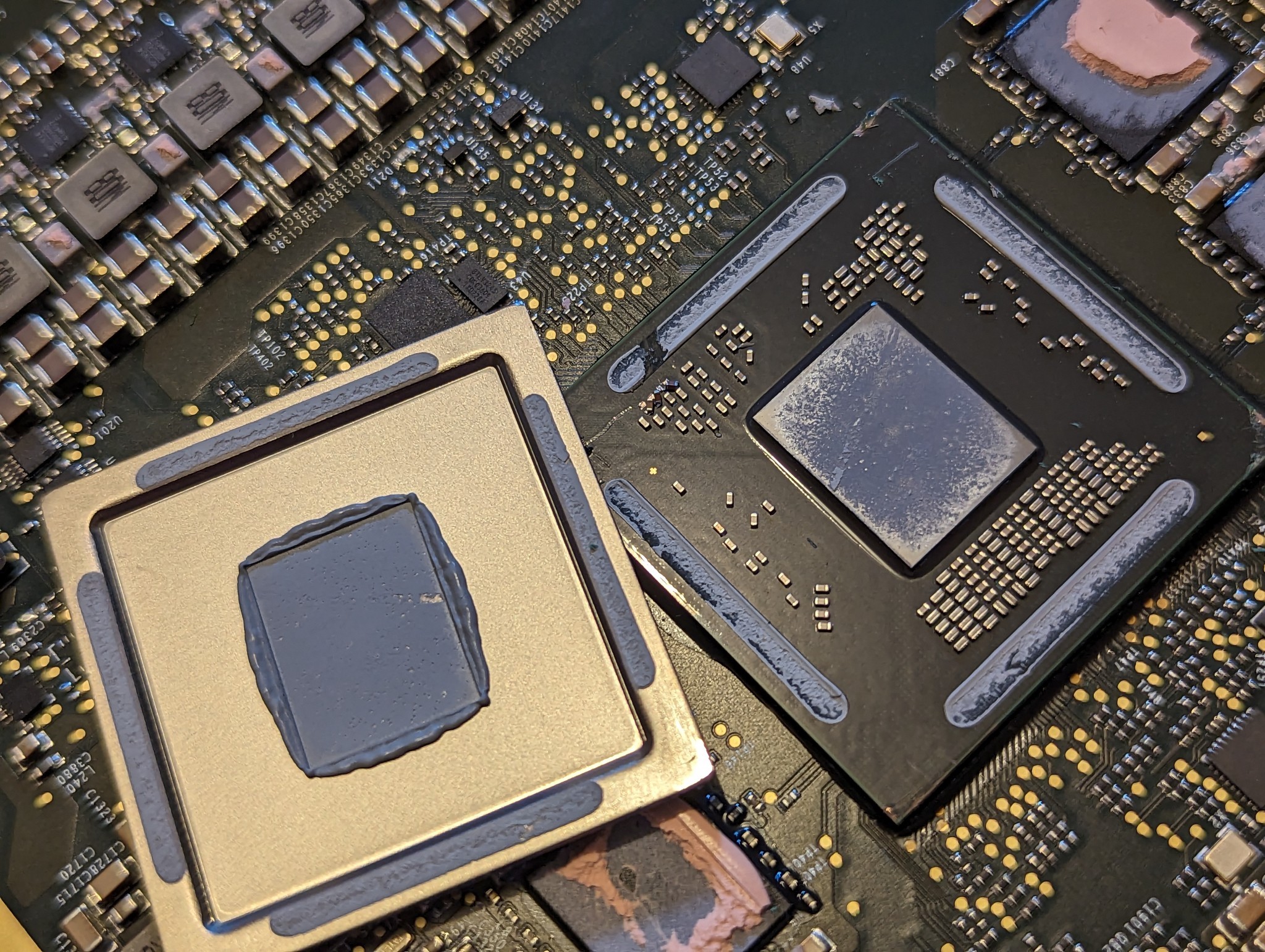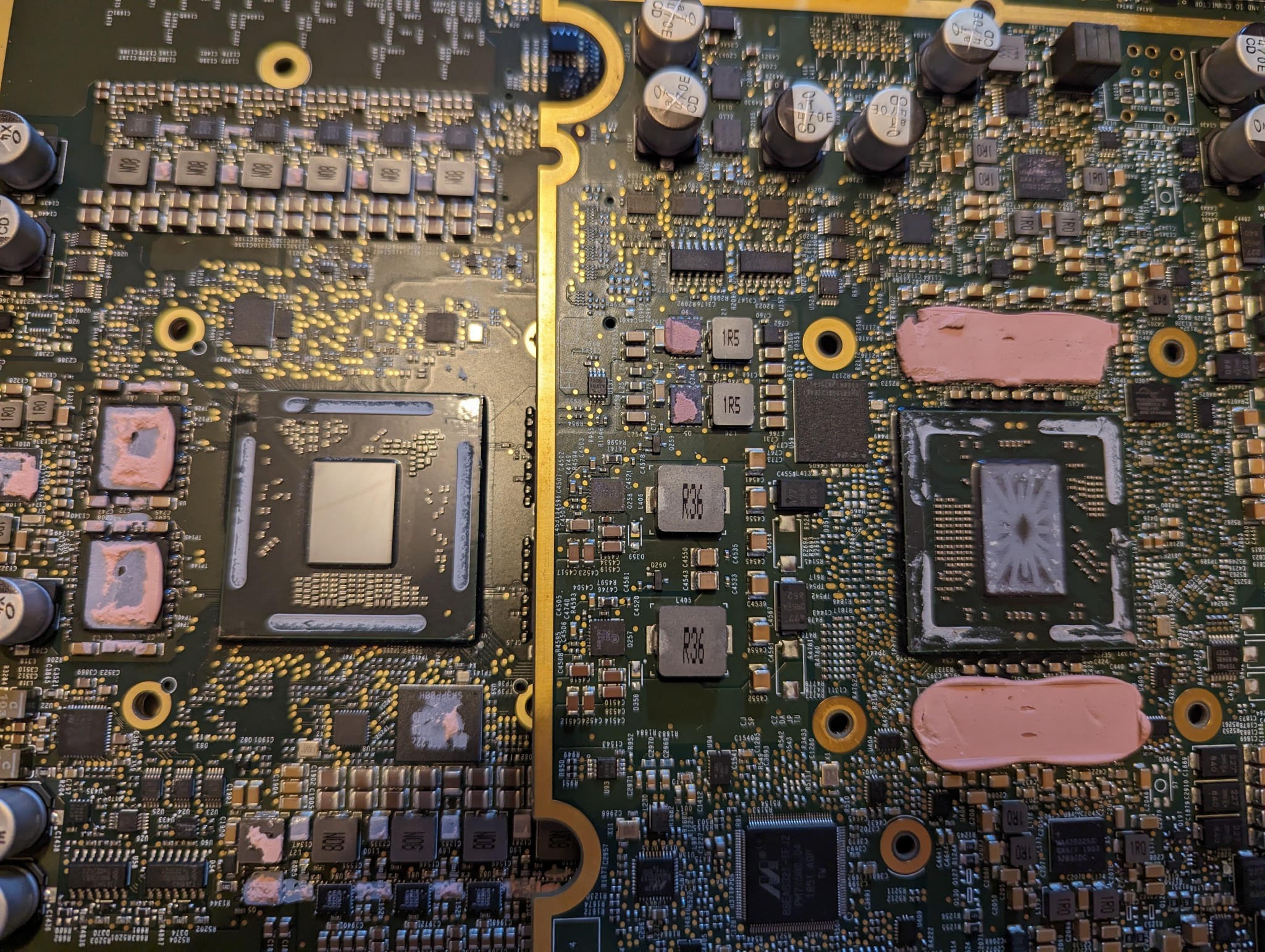Tesla’s vision of achieving full self-driving autonomy through software updates for existing vehicles might be encountering a hurdle.
Despite equipping all their cars with hardware intended for future self-driving capabilities, CEO Elon Musk has hinted that older models might not possess the processing muscle to handle Tesla’s most advanced features.
This revelation coincides with Tesla revealing their next-generation AI computer, suggesting a substantial leap in processing requirements for future iterations of the Full Self-Driving (FSD) software.
Owners of Teslas with earlier hardware may be facing limitations if future FSD software demands significantly more computational power than what their vehicles can provide.

In the past, Tesla addressed processing limitations by creating its own FSD chip, enabling in-car neural network processing for vast data streams.
Hardware 3 boasted impressive capabilities, but the arrival of Hardware 4 in 2023 hinted at future needs. Despite claims that Hardware 3 can achieve full autonomy, Tesla has yet to fully utilize Hardware 4’s potential.
While current HW4 vehicles run HW3 models on downscaled images, a new supercomputer at Giga Texas promises to unlock true HW4 potential with custom-trained AI models.
This focus on even more powerful hardware suggests that even Hardware 4 might not be the endpoint. Tesla’s development of AI5 chips, optimized for handling massive data loads locally, implies a future where even more processing power is required for autonomous driving.

